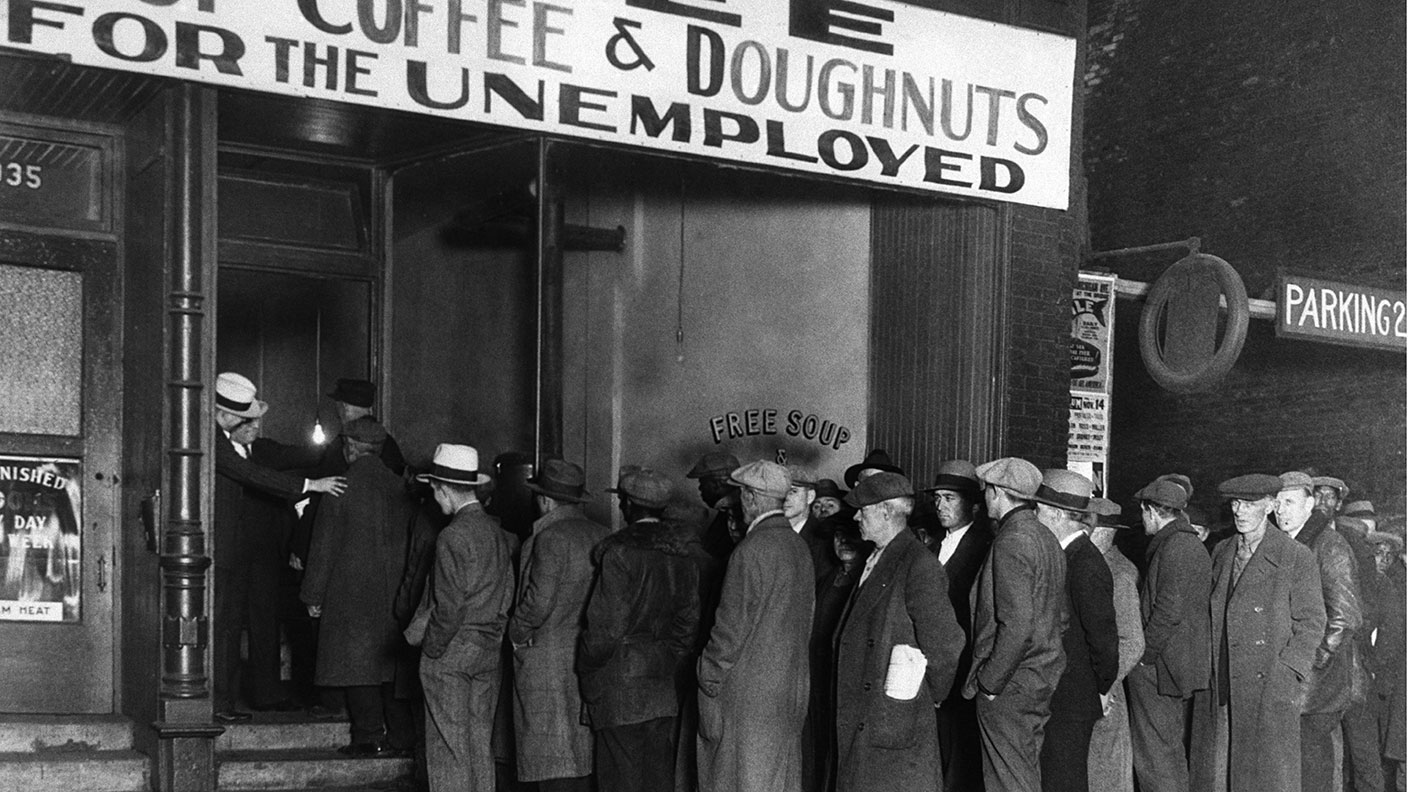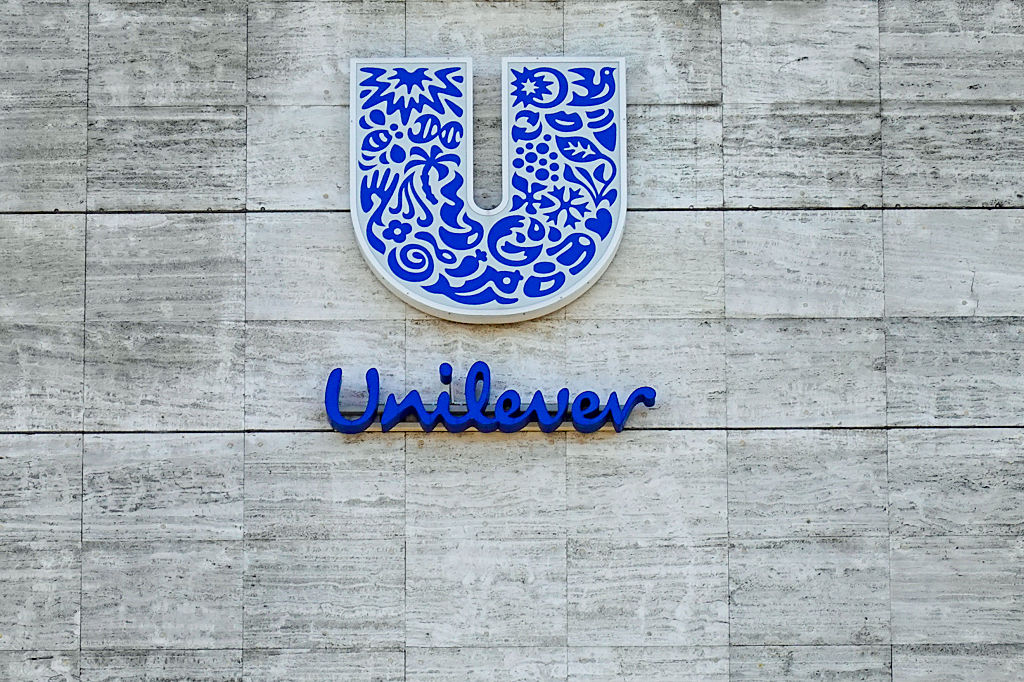Is the bond market wrong about inflation?
The bond rally suggests that markets are sanguine about inflation, but the gold rally suggests inflation is a real threat.

US GDP had its worst fall on record in the second quarter. It shrank by 9.5% from the previous quarter, a 32.9% slump in annualised terms. “That is... the equivalent of the first three years... of the Great Depression accelerated into just three months”, says Tim Price of Price Value Partners.
GDP is a backward-looking indicator, but US weekly jobless claims have increased for two weeks running as the virus has forced renewed closures in southern states, says Alexandra Scaggs for Barron’s. The bond market is now sending a “warning signal” about the recovery, says Giles Coghlan on fxstreet.com. The yield on US ten-year Treasury bonds hit its lowest level since early March last week, while three- and five-year yields hit new record lows. Bond yields move inversely to prices, so falling yields imply gains for bondholders.
The bond rally is perplexing for two reasons. Firstly, governments have issued vast tranches of new debt to pay for the pandemic, which would ordinarily cause their borrowing costs (implied by bond yields) to rise, not fall.
MoneyWeek
Subscribe to MoneyWeek today and get your first six magazine issues absolutely FREE

Sign up to Money Morning
Don't miss the latest investment and personal finances news, market analysis, plus money-saving tips with our free twice-daily newsletter
Don't miss the latest investment and personal finances news, market analysis, plus money-saving tips with our free twice-daily newsletter
The US budget deficit hit $864bn in June, a figure Dan Morehead of Pantera Capital says surpasses “the total [US state] debt incurred from 1776 through the end of 1979” in nominal terms. In 2020 a country can rack up “two centuries of debt in one month”. Bondholders have central-bank purchases to thank for keeping yields low.
Secondly, the bond rally suggests that markets are sanguine about inflation, says Tommy Stubbington in the Financial Times. That’s partly because monetary stimulus after the financial crisis did not deliver the inflationary wave many predicted. Yet the recent gold rally suggests that concern about rising prices is growing. If the gold buyers are right, the bond market has got it “very wrong”.
Get the latest financial news, insights and expert analysis from our award-winning MoneyWeek team, to help you understand what really matters when it comes to your finances.
Alex is an investment writer who has been contributing to MoneyWeek since 2015. He has been the magazine’s markets editor since 2019.
Alex has a passion for demystifying the often arcane world of finance for a general readership. While financial media tends to focus compulsively on the latest trend, the best opportunities can lie forgotten elsewhere.
He is especially interested in European equities – where his fluent French helps him to cover the continent’s largest bourse – and emerging markets, where his experience living in Beijing, and conversational Chinese, prove useful.
Hailing from Leeds, he studied Philosophy, Politics and Economics at the University of Oxford. He also holds a Master of Public Health from the University of Manchester.
-
 Metals and AI power emerging markets
Metals and AI power emerging marketsThis year’s big emerging market winners have tended to offer exposure to one of 2025’s two winning trends – AI-focused tech and the global metals rally
-
 8 of the best houses for sale with beautiful fireplaces
8 of the best houses for sale with beautiful fireplacesThe best houses for sale with beautiful fireplaces – from a 15th-century cottage in Kent to a 17th-century palazzo in Oxfordshire
-
 Metals and AI power emerging markets
Metals and AI power emerging marketsThis year’s big emerging market winners have tended to offer exposure to one of 2025’s two winning trends – AI-focused tech and the global metals rally
-
 8 of the best houses for sale with beautiful fireplaces
8 of the best houses for sale with beautiful fireplacesThe best houses for sale with beautiful fireplaces – from a 15th-century cottage in Kent to a 17th-century palazzo in Oxfordshire
-
 King Copper’s reign will continue – here's why
King Copper’s reign will continue – here's whyFor all the talk of copper shortage, the metal is actually in surplus globally this year and should be next year, too
-
 Luana Lopes Lara: The ballerina who made a billion from prediction markets
Luana Lopes Lara: The ballerina who made a billion from prediction marketsLuana Lopes Lara trained at the Bolshoi, but hung up her ballet shoes when she had the idea of setting up a business in the prediction markets. That paid off
-
 British blue chips offer investors reliable income and growth
British blue chips offer investors reliable income and growthOpinion Ben Russon, portfolio manager and co-head UK equities, ClearBridge Investments, highlights three British blue chips where he'd put his money
-
 Coreweave is on borrowed time
Coreweave is on borrowed timeAI infrastructure firm Coreweave is heading for trouble and is absurdly pricey, says Matthew Partridge
-
 Renewable energy funds are stuck between a ROC and a hard place
Renewable energy funds are stuck between a ROC and a hard placeRenewable energy funds were hit hard by the government’s subsidy changes, but they have only themselves to blame for their failure to build trust with investors
-
 Profit from document shredding with Restore
Profit from document shredding with RestoreRestore operates in a niche, but essential market. The business has exciting potential over the coming years, says Rupert Hargreaves